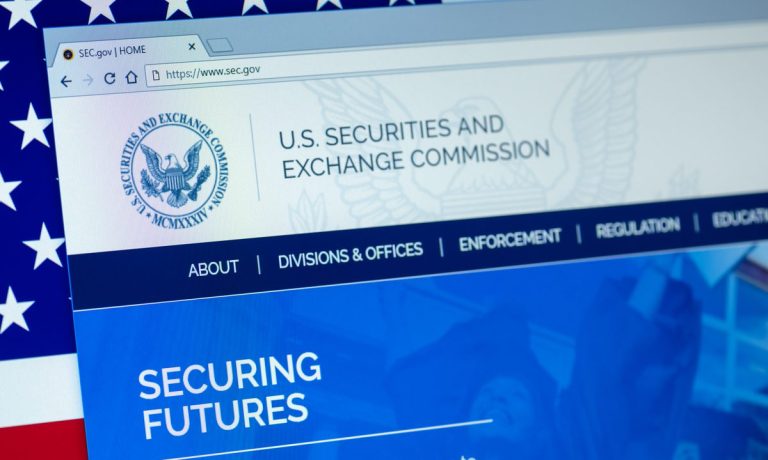
Hester Peirce, the crypto-friendly commissioner on the U.S. Securities and Exchange Commission (SEC), is warning that a proposal from the agency would not only add another layer of oversight to trade government securities, but could also give regulators more power to examine digital-asset platforms, Bloomberg reported Tuesday (Feb. 1).
The only Republican member of the SEC said that amending the definition of “exchange” as defined by the Securities Exchange Act of 1934 could impact the burgeoning digital currency sector.
“The proposal includes very expansive language, which, together with the chair’s apparent interest in regulating all things crypto, suggests that it could be used to regulate crypto platforms,” Peirce told the news outlet. “The proposal could reach more types of trading mechanisms, including potentially DeFi protocols.”
A PYMNTS search of the 654-page policy found that it does not include the terms cryptocurrency, decentralized finance (DeFi) or digital assets.
Instead, the summary says the SEC is proposing to amend a rule which defines certain terms used in the statutory definition of “exchange” under the Securities Exchange Act of 1934 to “include systems that offer the use of non-firm trading interest and communication protocols to bring together buyers and sellers of securities.”
Last month, SEC chairman Gary Gensler issued a statement that said if adopted, the amendments would help promote resiliency and greater access in the Treasury market.
This week, a report by Federal Reserve Board researchers on the potential dangers of stablecoins concluded the safest way to bring these dollar-pegged cryptocurrencies into the mainstream is to back them by one-to-one cash deposits in banks.
Read more: Fed Paper Finds Stablecoin Risks Are Manageable, and Come With Rewards
The paper, “Stablecoins: Growth Potential and Impact on Banking,” said a two-tiered intermediation strategy in which stablecoin issuers hold the reserves backing their digital assets in cash deposited with commercial banks is the only one that does not potentially cut into banks’ balance sheets or reduce the amount of deposit-backed credit available.